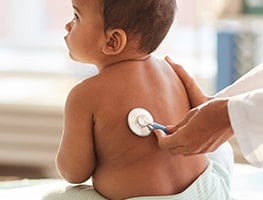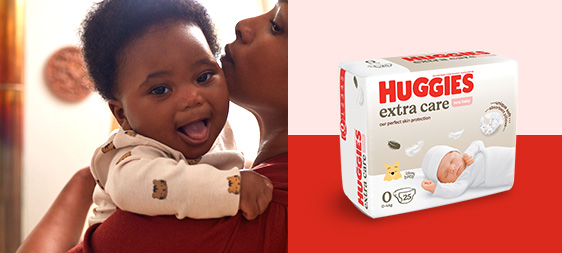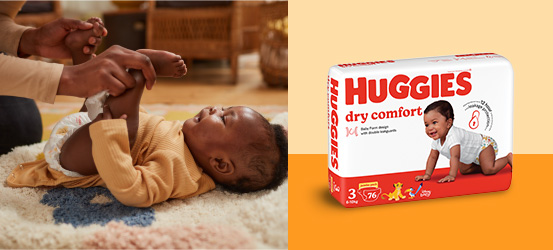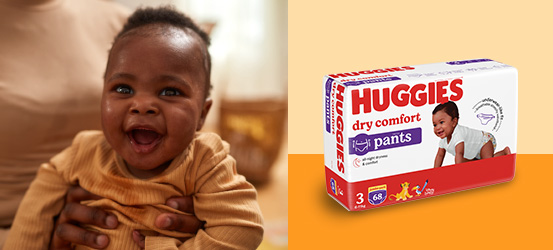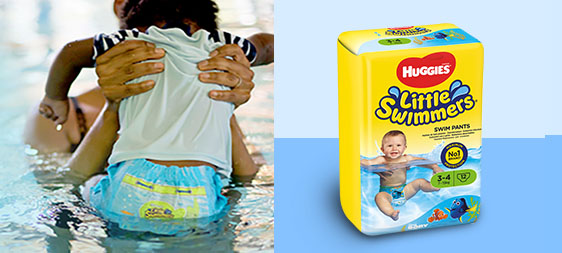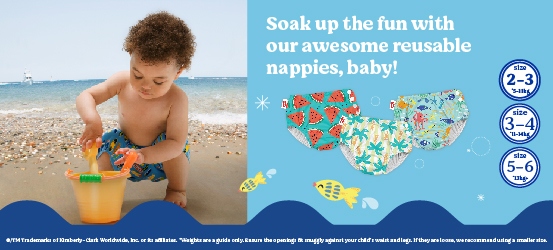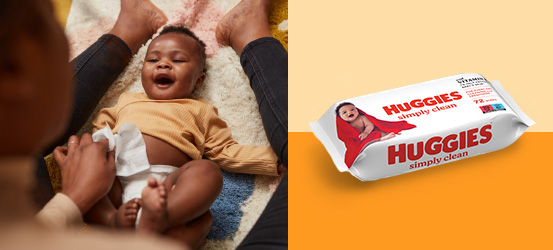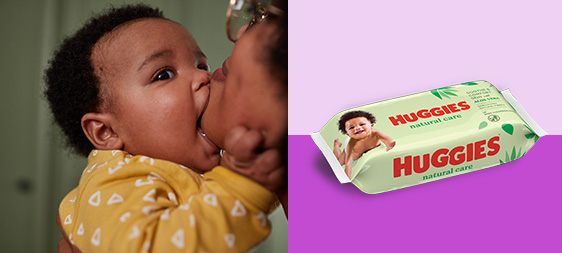Circumcision has been performed for cultural and religious reasons for thousands of years. It was seen as a reflection of your social status and in the 19th centurry it was performed as a means to cure or prevent various ailments and diseases. These days in South Africa, it is unusual for boys to be circumcised unless it is a part of their family’s religious or cultural tradition and elective circumcision is not available in most public hospitals or children’s hospitals. The South African Medical Association (SAMA), the American Acdemy of Pediatrics (AAP) and the Royal College of Surgeons (RCS) all recommend that boys should not be routinely circumcised.
The South African Medical Association (SAMA), the American Acdemy of Pediatrics (AAP) and the Royal College of Surgeons (RCS) all recommend that boys should not be routinely circumcised.
The medical procedure for circumcision
Circumcision, meaning ‘to cut around’, is basically the removal of some or the whole of the foreskin from the head (glans) of the penis. Once the area has been numbed with anaesthetic creams or an injection (for older children a general anaesthetic is often used), a bell-shaped instrument is inserted underneath the foreskin to separate it from the penis. It is then removed using scissors, a scalpel or a special clamp. This process usually takes around 10 minutes.
The medical indications
Although there is no medical need for routine neonatal circumcision, there are however, some conditions which are recognised as medical indications for circumcision, 90% are for phimosis, 9% for belanoposthitis and 1% for other reasons.
Phimosis is a condition in which the foreskin cannot be fully retracted over the head of the penis, it is in most of the cases quite natural and boys will outgrow it. This condition is rare under the age of 5 and less than 1.5% of teenaged boys are affected by it, and only 1% of all cases requires circumcision. The application of steroid ointment or cream helps to resolve the condition for the majority of boys.
Balanoposthistis is an inflammation of the glans – characterised by pain, swelling, redness and a foul smell. It occurs in more than 10 % of all boys, but severe symptoms only appear in about 3% and about 1/3 get it again and again - for these little patients, circumcision is the answer. For the rest, treatment consists of cleaning the area and soaking it in warm water to reduce symptoms. Usually antibiotics and antifungal medication can be prescribed to treat the underlying infection.Urinary tract infections (UTIs), which affect only 1-2% of boys, can be about 5 times less frequent in circumcised males. It is important to be aware, however, that circumcision itself has a complication rate of 1-5%. For every 1,000 babies circumcised, about 8 will develop fewer UTIs, but 20 will develop a complication.
Benefits of circumcision
In recent years there has been some evidence of possible health benefits of circumcision, and it is often these that are cited as reasons for parents choosing to circumcise their sons.
Urinary tract infections (UTIs):
The relationship between these two have been the subject of many studies over the years. These studies show that uncircumcised males under the age of 1 year, are 10-20 times more at risk of developing UTI than those who’ve been circumcised.
HIV and other STDs
Evidence for the reported reduction in the risk of HIV after circumcision is conflicting and does not justify routine circumcision in countries where HIV is of low prevalence.
Reduction in Penile Cancer
There is some evidence that circumcision can reduce the risk of penile cancer three fold, but the rarity of the condition (approximately 1 in 100,000 in developed countries) and other predispositions means that routine circumcision for this reason alone is not supported.
The risks associated with circumcision
Complications associated with circumcision are reported in 0.2-0.6% of cases. These include:
Haemorrhage (uncontrolled bleeding).
Infection.
Meatal stenosis (an narrowing/obstruction at the end of the urinary opening).
Injury to the glans penis.
Too much or too little skin removed.
Loss of penis.
Anaesthetic complications.
Psychological trauma.
Recurrent phimosis.
Chordee (a condition in which the head of the penis curves downwards).
Psychological Trauma from Circumcision
Until fairly recently, many infant circumcisions were performed without anaesthetic. One of the reasons was the perception that newborns have no memory of pain. As painful as it may sound, prior to the mid-1980s anaesthesia was not used during circumcisions because “infant pain” was denied by the medical community. However, a study done in 2004, states that painful experiences in early life can have long-term consequences, even if it is not in the conscious memory.
Religion, Tradition and Circumcision
In South Africa male circumcision isn’t widely practiced, except among the Xhosa and Sotho ethnic groups and members of the Jewish and Islamic faiths. The vast majority of circumcised men in South Africa are African (50.4%) and less than 25% of Coloured, Indian and White men are circumcised.






